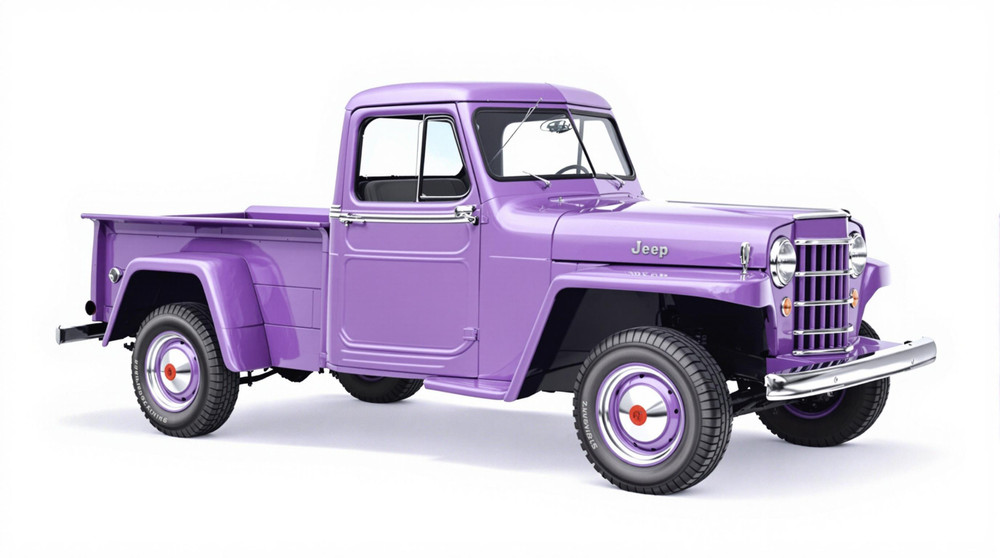Image of 1956 Jeep 6-226, Note: These illustrations use artistic license and may differ from actual historical models.
Performance Metrics
Fundamental Metrics
Emotional Appeal
MMP Rating
| Engine Specifications | |
|---|---|
| Engine: | Super Hurricane Inline 6 |
| Displacement: | 226 cu in (3.7 L) |
| Horsepower: | 105 hp |
| Torque: | 190 lb-ft |
| Compression Ratio: | 7.5:1 |
| Ignition System: | Distributor and coil |
| Cooling System: | Liquid-cooled |
| Performance Specifications | |
| 0-60 Time: | Estimated 20 seconds |
| 1/4 Mile Time: | Not available |
| Top Speed: | 65 mph |
| Transmission and Drive | |
| Drive Type: | 4WD |
| Transmission Type: | 3-speed manual |
| Fuel and Efficiency | |
| Fuel System Type: | Carburetor |
| MPG: | Estimated 10-15 mpg |
| Dimensions and Brakes | |
| Brakes: | Drum brakes |
| Wheelbase: | 104.5 in |
| Weight: | 3,200 lbs |
Note: Specifications for classic cars are given to the best of our ability, considering the limited and variant data available.
The Unyielding Legacy of the 1956 Jeep 6-226
The 1956 Jeep 6-226 stands as a testament to rugged utility and enduring design, a vehicle that carved its niche into the annals of automotive history with unwavering resolve. Born from the post-war era's demand for versatile and durable vehicles, the Jeep 6-226, also known as the Super Hurricane, was manufactured by Willys Motors, which later became Kaiser Jeep. Its lineage can be traced back to the battlefields of World War II, where its predecessors earned their stripes. A unique fact about this vehicle is its transition from military hero to civilian workhorse, seamlessly adapting to the needs of post-war America.
Design and Innovation
The exterior of the 1956 Jeep 6-226 was a blend of function and simplicity, with a boxy silhouette that exuded strength and reliability. Its flat, vertical grille with round headlights became an iconic feature, one that would influence Jeep designs for generations. Inside, the interior was spartan but practical, with materials chosen for durability over luxury. Technologically, the 6-226 was ahead of its time with its powerful Super Hurricane inline-6 engine, a significant upgrade from its four-cylinder siblings. Color options were typically utilitarian, with Forest Green and Harvest Tan being popular choices among buyers. The most iconic body style was undoubtedly the pickup version, which showcased both the vehicle's versatility and rugged charm.
Historical Significance
The 1956 Jeep 6-226 was pivotal in setting a precedent for 4x4 utility vehicles, influencing the design and functionality of future SUVs and trucks. It stood apart from its contemporaries with its robust build and superior off-road capabilities, traits that have become synonymous with the Jeep brand. The vehicle's lasting influence is evident in the continued popularity of Jeep models that prioritize off-road performance and durability.
Performance and Handling
Performance-wise, the Jeep 6-226 was not built for speed but for power and torque, enabling it to tackle challenging terrains with ease. While top speed and acceleration figures were modest by today's standards, the vehicle's ability to handle rough conditions was unparalleled. Drivers could feel the engine's raw power, a mechanical symphony complemented by the vehicle's solid handling over bumps and through windy roads. The driving experience was visceral, connecting the driver to the road (or lack thereof) in a way few modern vehicles can replicate.
Ownership Experience
As a daily driver, show car, or even a racing machine in vintage events, the 1956 Jeep 6-226 was as versatile as it was reliable. Maintenance and repairs were straightforward due to its simple design and robust construction, making it an ideal vehicle for the average owner who valued functionality over frills.
Fun Facts
Among the trivia that surrounds this classic Jeep is its use in various civil service roles, from fire trucks to postal delivery vehicles. While not known for setting speed records, it held its own in terms of sales and endurance. Criticisms often focused on its lack of creature comforts, but for many, this was overshadowed by its work ethic and capability.
Collector's Information
Today, the 1956 Jeep 6-226 has found its place among collectors who appreciate its historical significance and utilitarian charm. While production numbers are not exact, it's estimated that thousands were produced. In terms of value, well-preserved models can fetch a wide range depending on condition and originality, with some reaching upwards of $20,000 to $30,000. The market trend shows an appreciation for these vehicles as they become rarer and more sought after by enthusiasts.
Conclusion
The 1956 Jeep 6-226 embodies a spirit of resilience and adaptability. It bridged the gap between wartime necessity and peacetime utility, earning its place as a beloved classic. Its legacy is not just in the collectors' garages but in the DNA of every off-road vehicle that followed in its tire tracks. As we look back on this remarkable machine, we are reminded that true greatness is timeless.
1956 Jeep 6-226 Catalog of Parts
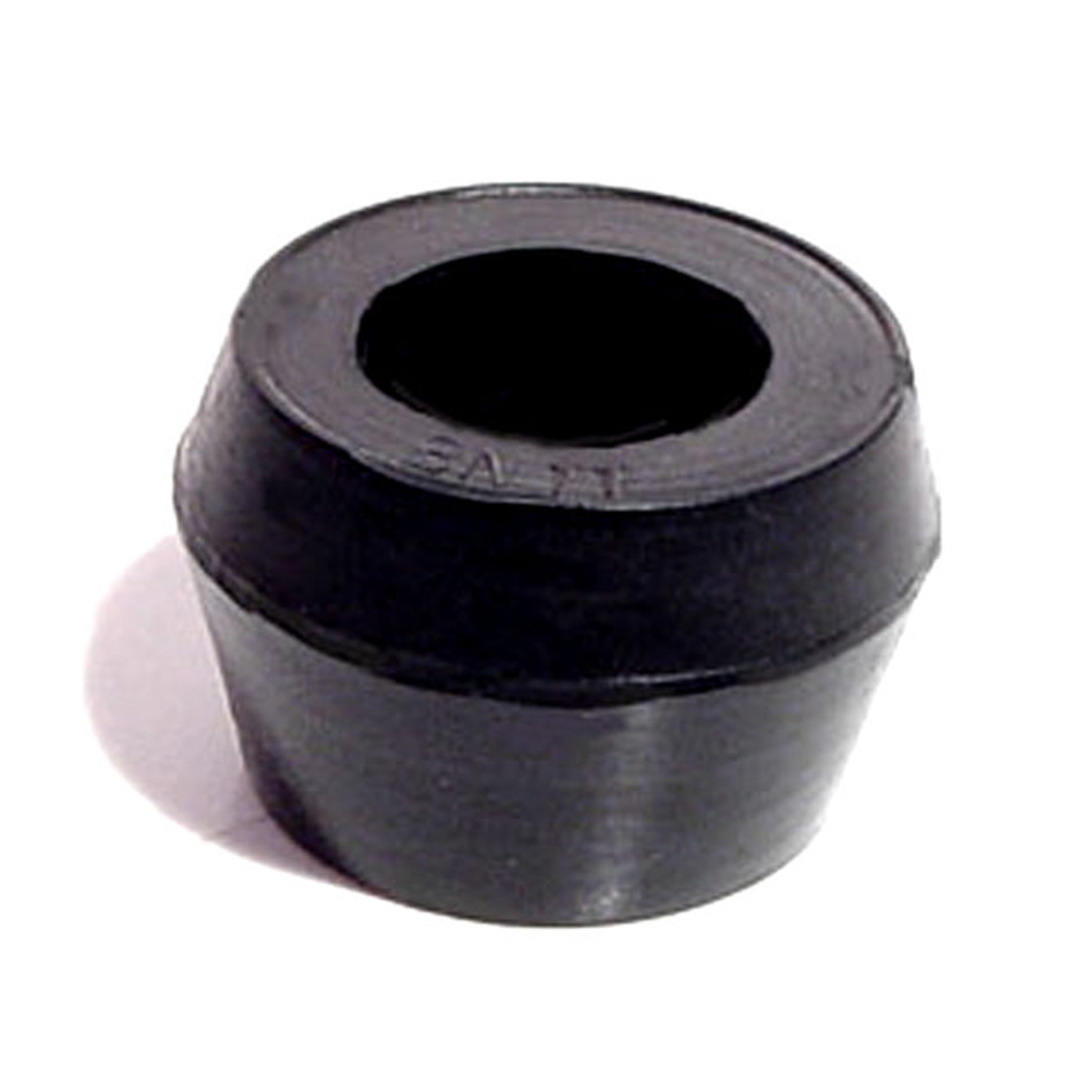 1956 Jeep 6-226 Shock Absorber Grommet. 1" bottom O.D-BN 11Shock Absorber Grommet. 1" bottom O.D., 3/4" high, with 5/8" I.D. Each
1956 Jeep 6-226 Shock Absorber Grommet. 1" bottom O.D-BN 11Shock Absorber Grommet. 1" bottom O.D., 3/4" high, with 5/8" I.D. Each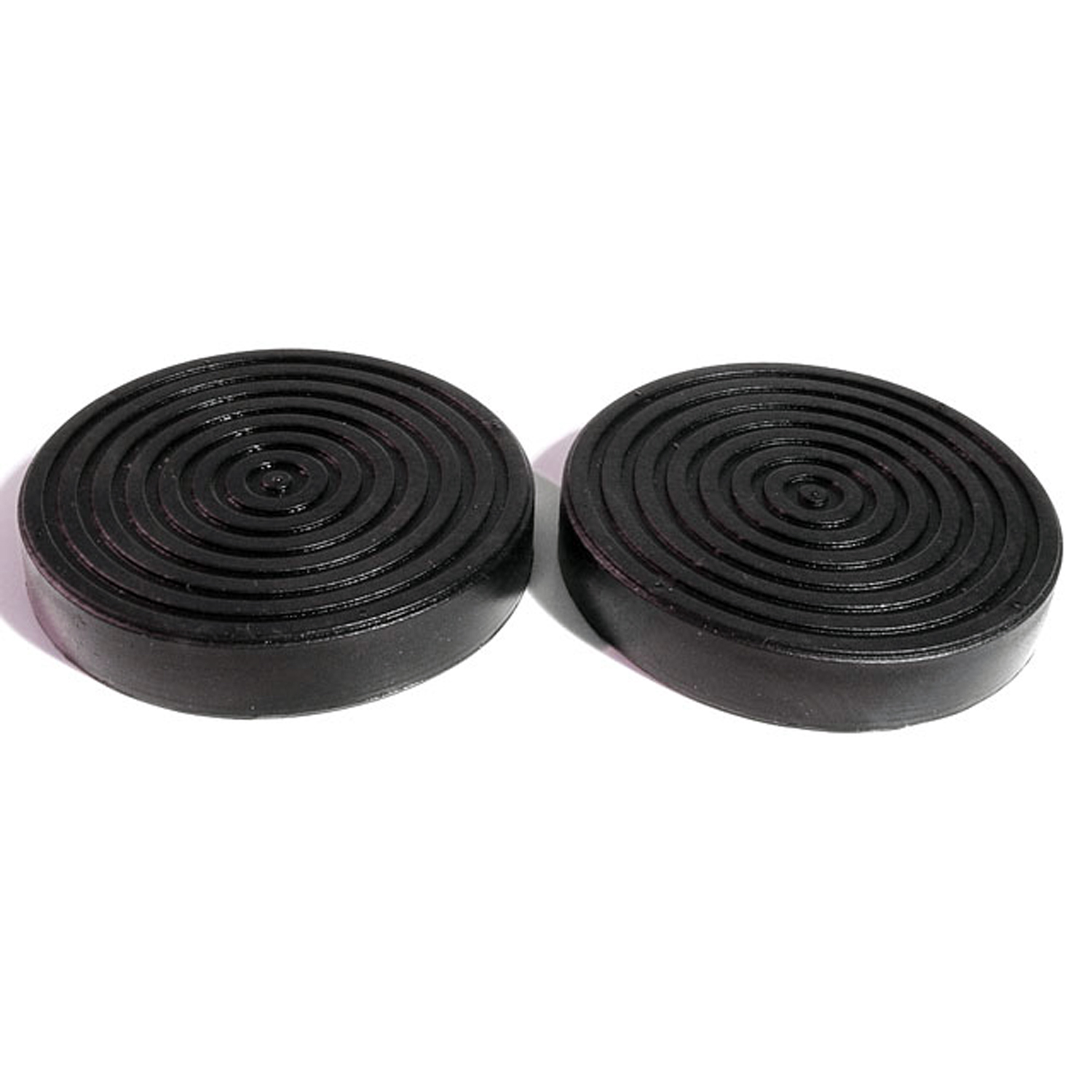 1956 Jeep 6-226 Clutch and Brake Pedal Pads. 3" Diameter. Pair-CB 61Clutch and Brake Pedal Pads. 3" Diameter. Pair
1956 Jeep 6-226 Clutch and Brake Pedal Pads. 3" Diameter. Pair-CB 61Clutch and Brake Pedal Pads. 3" Diameter. Pair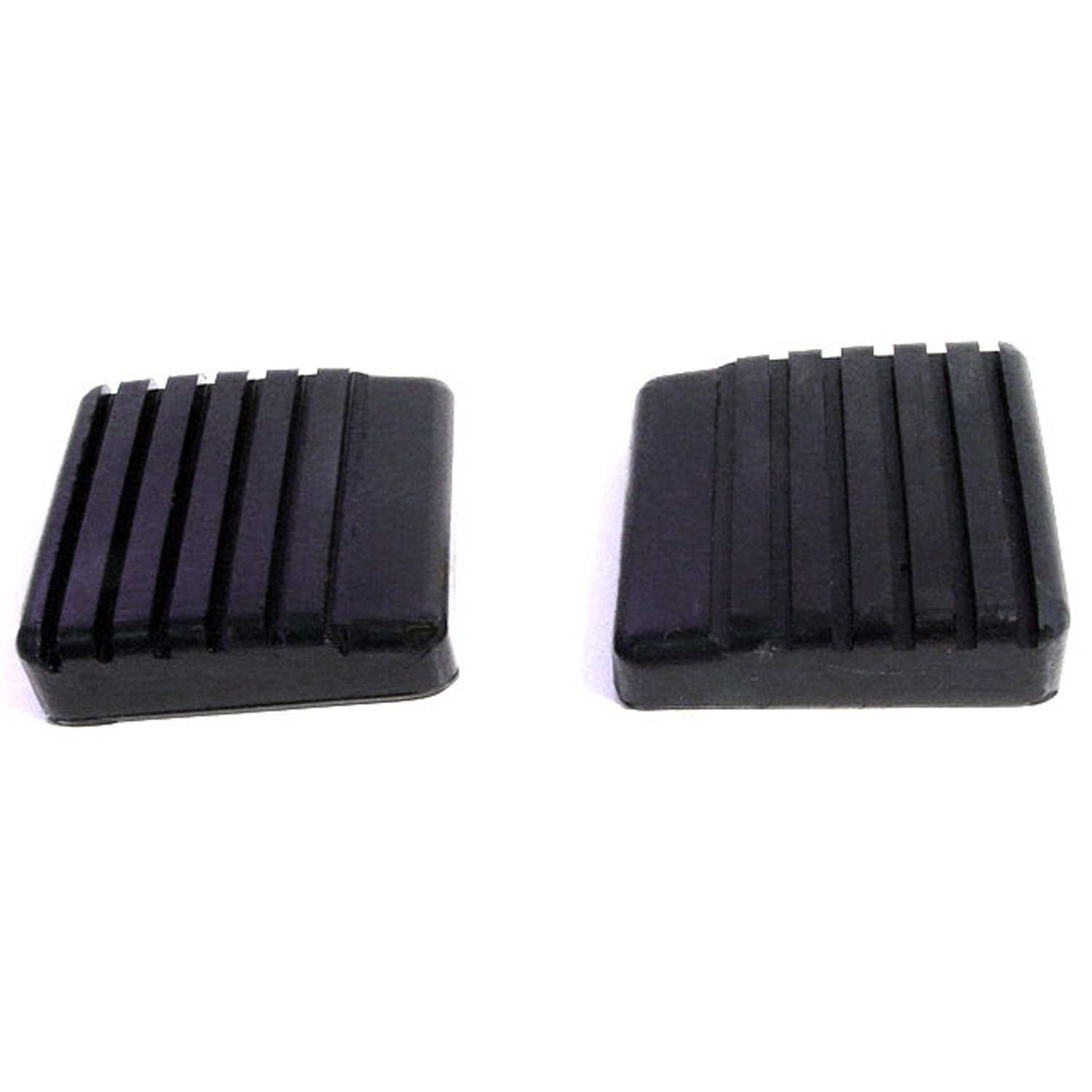 1956 Jeep 6-226 Clutch and Brake Pedal Pads. Pair-CB 61-BClutch and Brake Pedal Pads. Pair
1956 Jeep 6-226 Clutch and Brake Pedal Pads. Pair-CB 61-BClutch and Brake Pedal Pads. Pair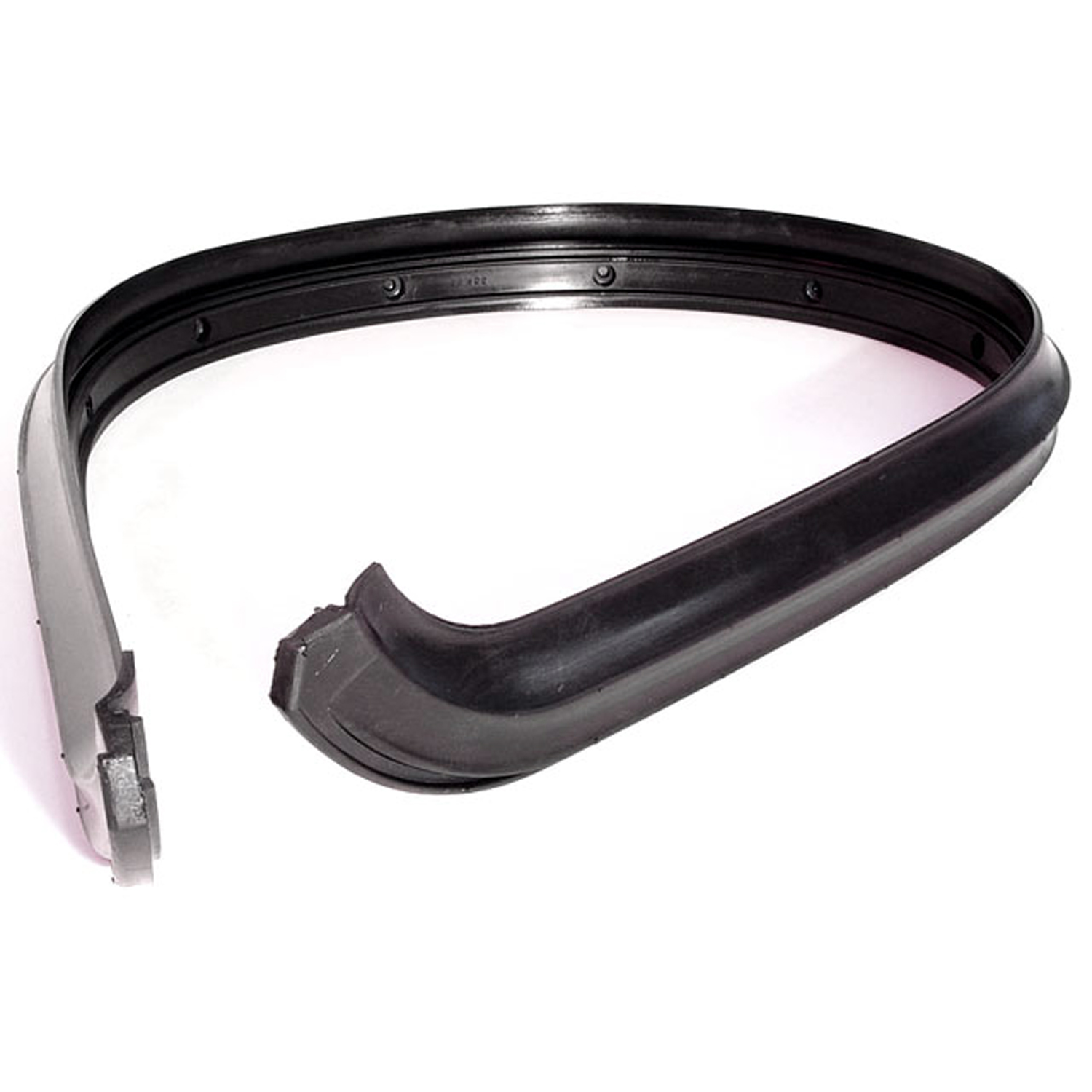 1956 Jeep 6-226 Windshield to Cowl Seal. 55-1/2" long. Each-CS 102Windshield to Cowl Seal. 55-1/2" long. Each
1956 Jeep 6-226 Windshield to Cowl Seal. 55-1/2" long. Each-CS 102Windshield to Cowl Seal. 55-1/2" long. EachWhy Choose Metro?
For over 100 years, Metro Moulded Parts has been the pinnacle of quality in classic car restoration parts. Our commitment to precision and authenticity in every component ensures a perfect fit and an OEM-level appearance.
- Expert Craftsmanship & Quality: Each part is a testament to our dedication to reliability and perfection, crafted from original designs and thoroughly tested.
- Advanced Technology: We use cutting-edge techniques to create flawless, long-lasting parts that surpass others in performance.
- SuperSoft Sponge – The Ultimate Door Seal: Not only are our door seals 30% softer than competitors', but they're also guaranteed to never leak. They effectively reduce wind and road noise, enhancing your classic car's comfort and driving experience.
- Proudly American: Our parts are a product of American craftsmanship, made in the USA with a spirit of excellence and heritage.
- Unrivaled Warranty: We back our products with a 30-year industry-leading warranty, a testament to our confidence in their quality.
Join us in preserving the legacy of classic cars with parts that are crafted for perfection, not just made.

